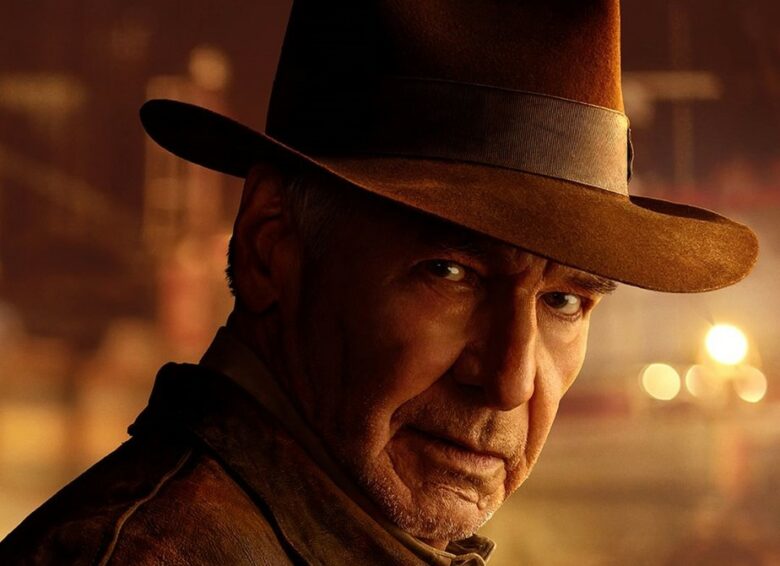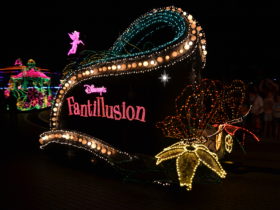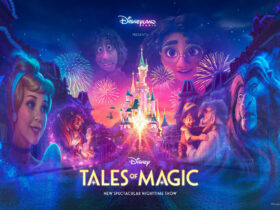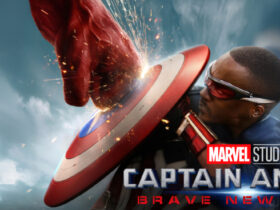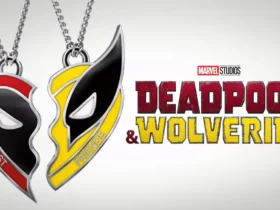Read on for our thoughts on the fifth instalment of the Indiana Jones saga. Our first impressions:
James Mangold puts a lot of effort into telling a gripping story about an ageing hero. While seeing Indy roam the world dispensing gunshots is always a pleasure, thanks to Harrison Ford, the whole thing loses its way over time as it tackles bits and pieces of themes. Fans won’t necessarily be convinced. It’s a shame after 4, which wrapped up the story nicely.
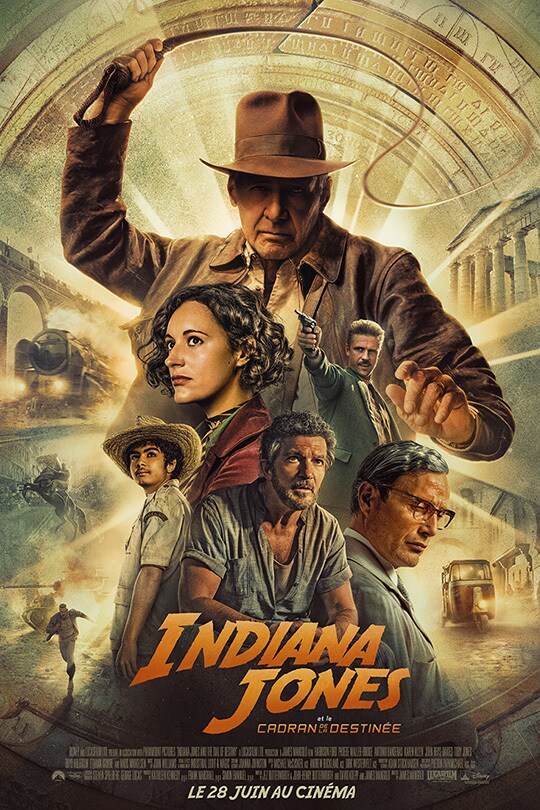
Indiana Jones – synopsis
Indiana Jones teams up with the daughter of a fellow soldier to find the Archimedes Dial, an artefact with properties that could change the history of the world if it fell into the wrong hands.
A lesson learnt ?
Have you heard the theory that Indiana Jones has absolutely no impact on the story in Raiders of the Lost Ark? James Mangold, the director of Indiana Jones and the Dial of Destiny, surely does. In fact, he knows his Indy very well, with his character, narrative gimmicks and character archetypes. Fans of the archaeologist in the Fedora will feel as if they’re in slippers and will leave the screening very happy: Indy throws punches, there are villains, a companion of dubious morality, a resourceful youngster, Salah, and even a historical cameo, all in pursuit of an object that’s half-historical and half-legendary. It’s all there, and then some.
The studio has learned its lesson from the audience of the previous opus. Didn’t like the Communist antagonists? Here come the Nazis again. Aliens too irrelevant? Here’s a more traditional artefact with a big 2023 twist. Irritated by the Jones family stories? They’re largely swept under the carpet or reworded at the risk of verging on the redundant passing of the torch. And it shows, so much so that this Dial of Destiny feels like ‘one last adventure’, albeit a shaky one after 4, which dared to come full circle.
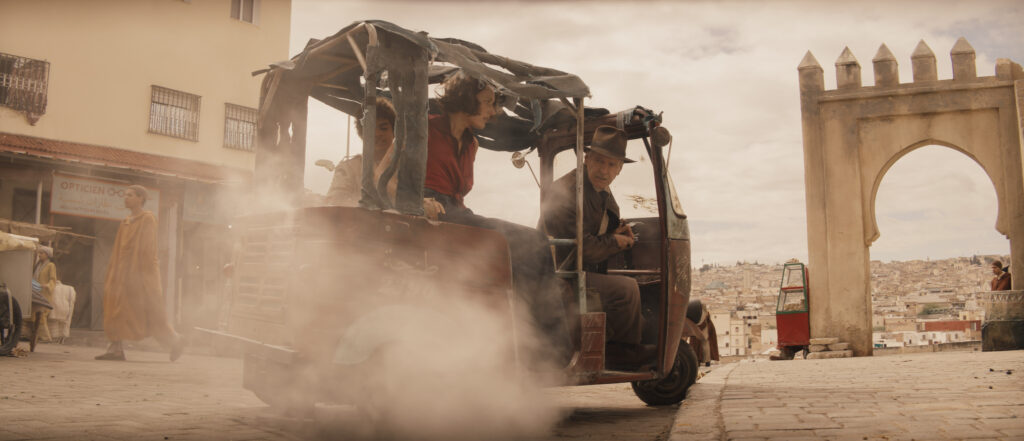
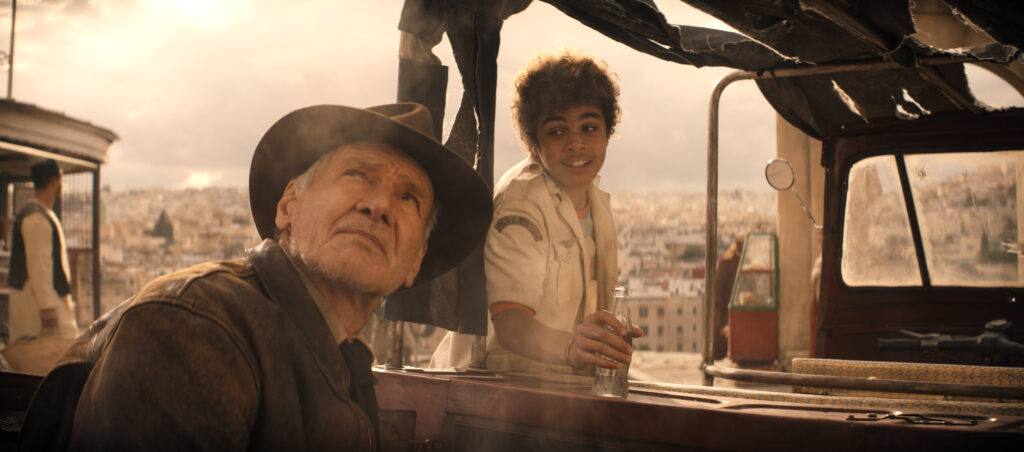
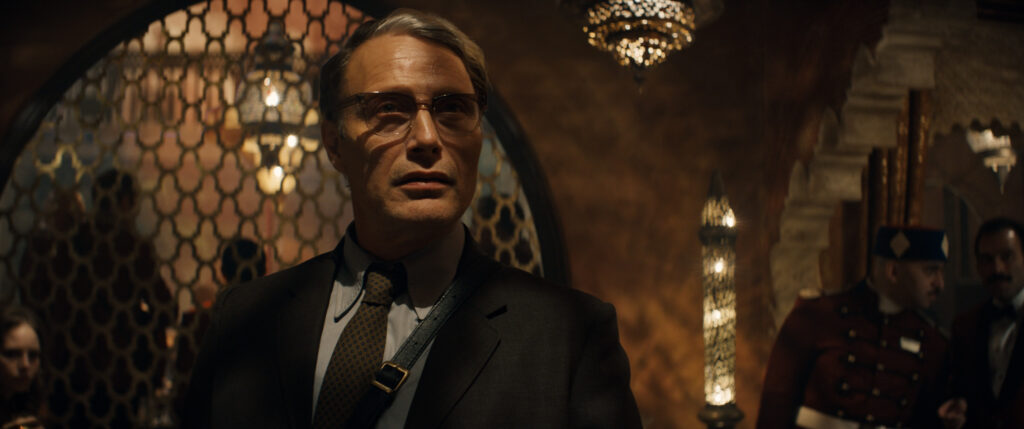
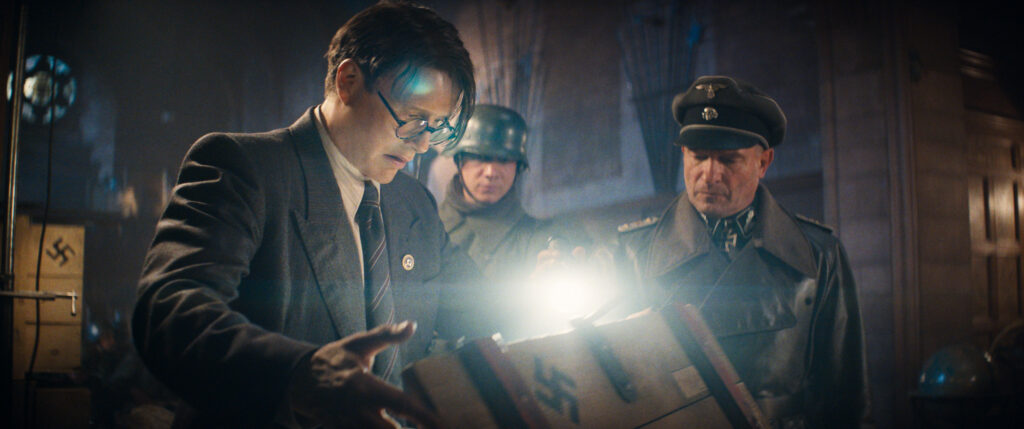
Indiana Jones – the impact of the new director
The change of director is noticeable. James Mangold has the good taste not to foolishly imitate Spielberg in his direction, adopting a more nervous style, with a camera that rarely settles. The action takes precedence, the chase is the focus, full stop. Apart from a few interesting shots, there’s little in the way of daring direction (take another look at the brawl between the hooligans and the footballers in 4, there’s more construction than in the last opus!)
Worse still, the “investigation and enigma” aspect takes a back seat. The film says surprisingly little in the way of historical explanations or investigative games, which is a shame for a treasure-hunting film; generally speaking, the dialogue is uninspired, even if a few punchlines and moments of emotion come to straighten things out.
Unlike its predecessors, Indy 5 attempts to be more than an adventure film, tackling themes such as old age, transmission, regret, love, politics… it shouts “I have the right to exist! But when the dust settles after 2 hours 30 minutes, we notice the contradictions, the sudden breaks in tone, the unfinished arcs, the lack of development. You notice the under-exploitation of certain characters who are well promoted, and even the total gratuitousness of their appearance. In short, the boxes need to be ticked.
The cast
Fortunately, the cast is engaging, led by a touching Harrison Ford, a voluble Phoebe Waller-Bridge and an obviously chilling Mads Mikkelsen as a Nazi physicist.
The de-aging (digital rejuvenation), which raised fears of the worst ever since its use was announced during the film’s production, is effective, bluffing without being totally convincing; it has to be said that it is so much in evidence that you spot the flaws pretty quickly. At least he doesn’t come into the picture for too long, giving way to a more youthful Indy. Harrison Ford insists that the stunts are believable for a character his age, and that helps keep you in the film.
The digital effects, which were already starting to become intrusive in 4, are less numerous here, but some of the inlays are really visible, especially during a certain chase (a problem that is unfortunately very recurrent these days).
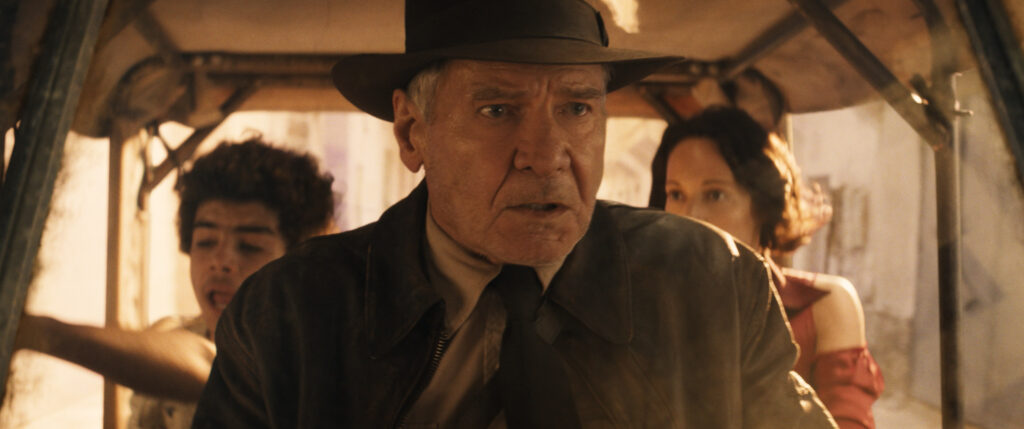

Conclusion
The major problem with this Dial of Destiny is that it is too scattered, too wise (apart from the last quarter, which will either excite or revolt), and even a little vain. It has the merit of rehabilitating The Kingdom of the Crystal Skull by default.
In the end, although the film is entertaining, well-paced despite its length (you don’t see the time go by), respectful of the material and even innovative in tone, and you come away fairly satisfied with the adventure, it doesn’t really know what foot to step on, what theme to pursue, and like its tired hero, the franchise seems to be running all over the place without knowing why.


